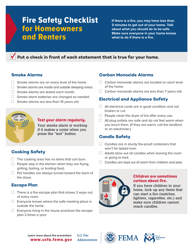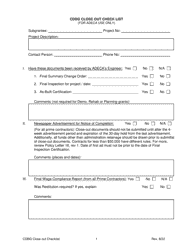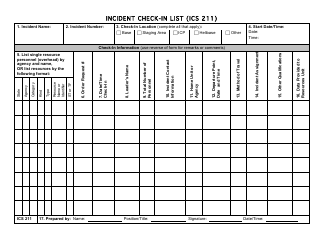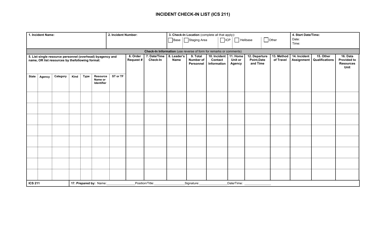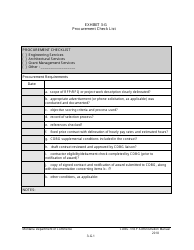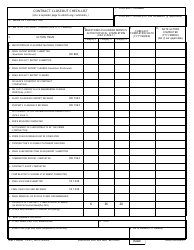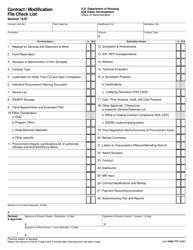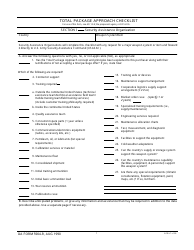Homeowner Septic System Checklist - Montana
Homeowner Septic System Checklist is a legal document that was released by the Montana Department of Environmental Quality - a government authority operating within Montana.
FAQ
Q: What is a homeowner septic system?
A: A homeowner septic system is a wastewater treatment system used in homes that are not connected to a municipal sewer system.
Q: What is the purpose of a septic system?
A: The purpose of a septic system is to treat and dispose of household wastewater in a safe and environmentally friendly manner.
Q: How does a septic system work?
A: A septic system consists of a septic tank and a drainfield. The tank collects and separates solid waste, and the wastewater is then drained into the drainfield where it is naturally filtered and treated.
Q: What are some signs of septic system problems?
A: Some signs of septic system problems include slow draining sinks and toilets, foul odors, gurgling sounds in the plumbing, and wet areas or lush vegetation near the drainfield.
Q: How often should a septic system be inspected?
A: A septic system should be inspected at least once every three years to ensure proper functioning and to prevent costly repairs.
Q: How often should a septic tank be pumped?
A: The frequency of septic tank pumping depends on various factors like the size of the tank and the number of occupants in the house. A general guideline is to pump the tank every 3-5 years.
Q: Are there any maintenance tasks that homeowners can do to prolong the life of their septic system?
A: Yes, homeowners can prolong the life of their septic system by conserving water, avoiding flushing harmful substances down the drain, and not parking or driving heavy vehicles on the drainfield.
Q: Is it necessary to use septic system additives?
A: No, it is not necessary to use septic system additives. In fact, some additives can do more harm than good by disrupting the natural balance of bacteria in the tank.
Q: Can a septic system be installed in any type of soil?
A: No, not all types of soil are suitable for a septic system. Soil composition, permeability, and depth to water table are important factors that determine whether a septic system can be installed.
Q: Are there any regulations or permits required for septic system installation in Montana?
A: Yes, there are regulations and permits required for septic system installation in Montana. It is important to consult with local health departments or septic system professionals for guidance.
Form Details:
- The latest edition currently provided by the Montana Department of Environmental Quality;
- Ready to use and print;
- Easy to customize;
- Compatible with most PDF-viewing applications;
- Fill out the form in our online filing application.
Download a printable version of the form by clicking the link below or browse more documents and templates provided by the Montana Department of Environmental Quality.


